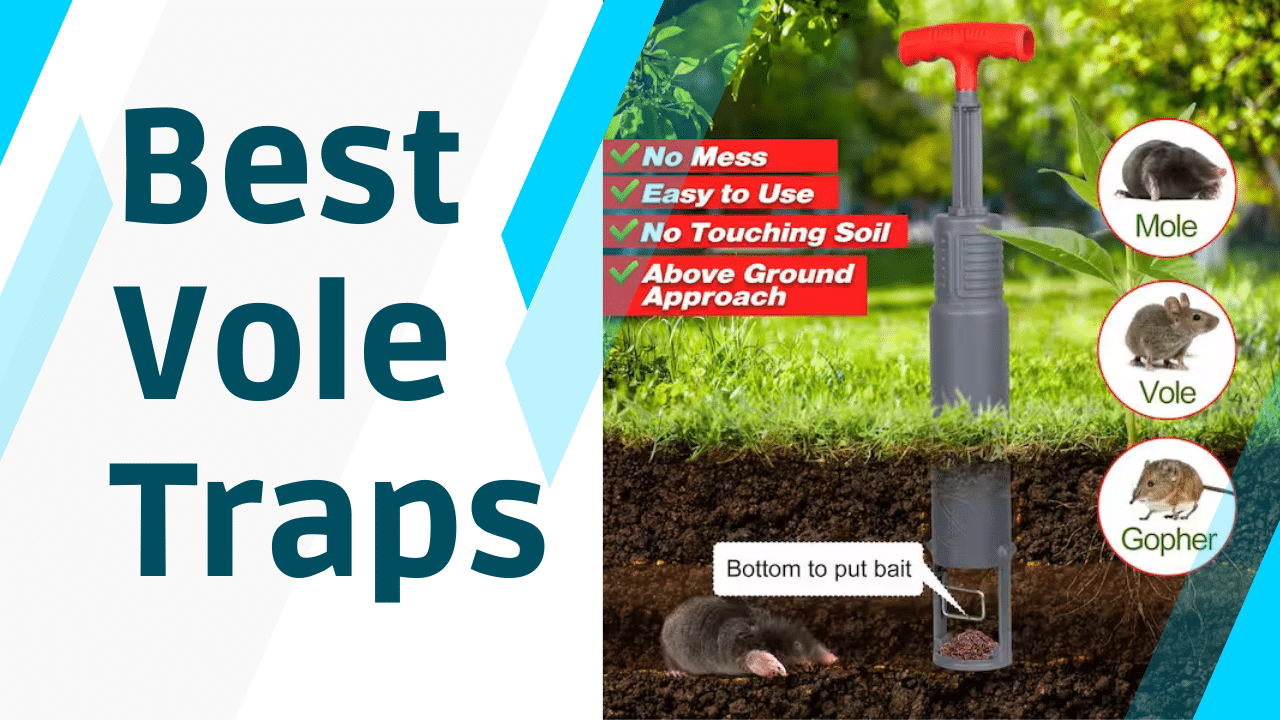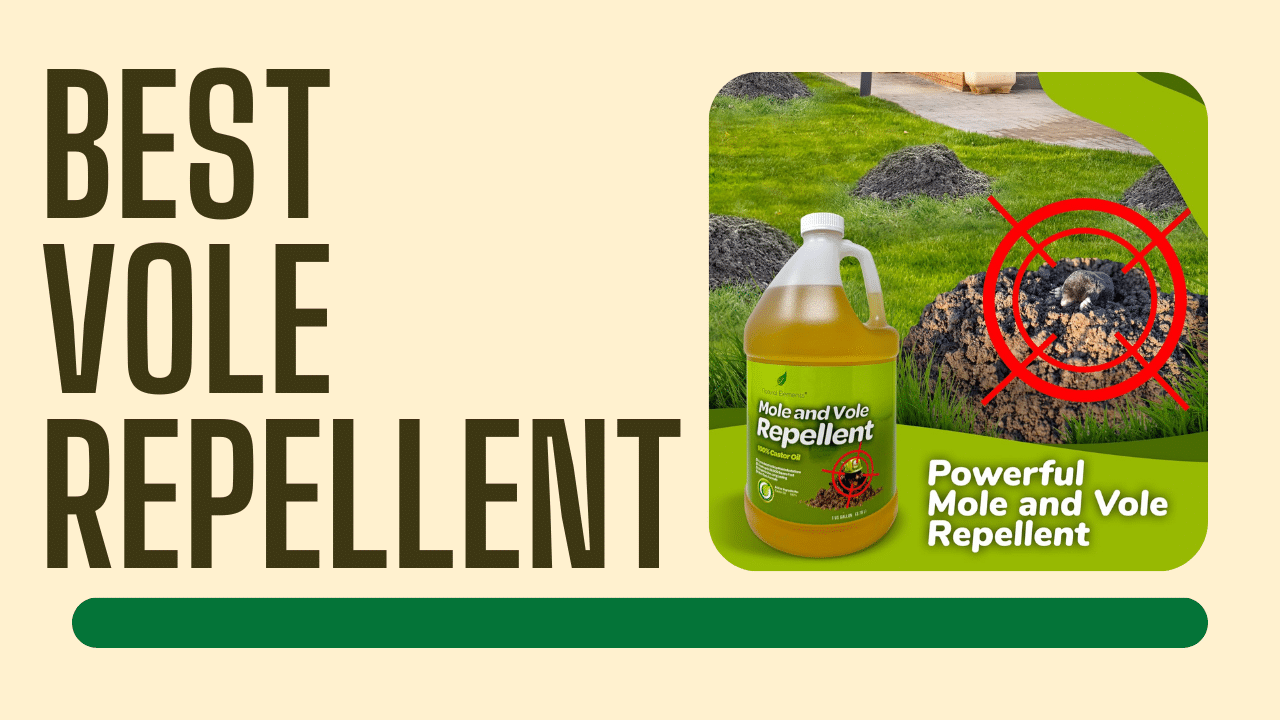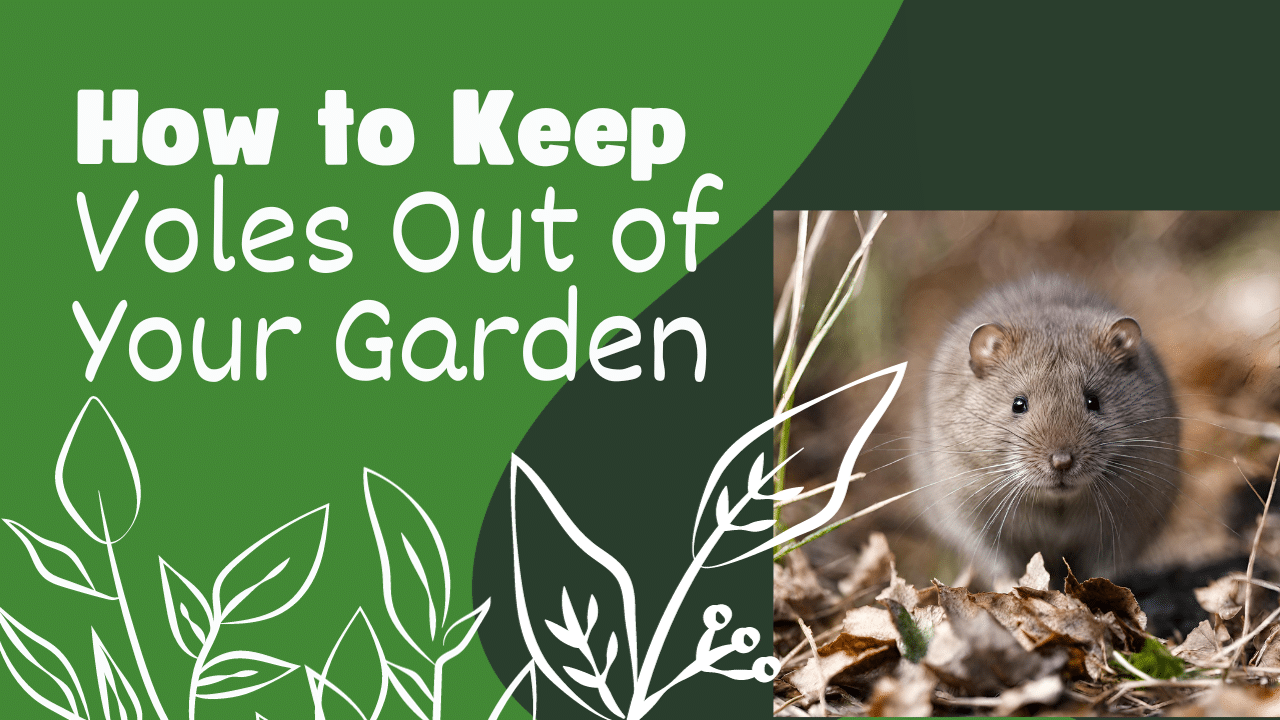
- LAST UPDATED: November 19, 2023
So you’ve got bed bugs. And they’re everywhere. It’s a natural reaction to be horrified at the idea of bugs crawling on you while you sleep, so of course, you’ll want to fix the problem as soon as possible. But are you supposed to hunt down every bed bug? Do you always have to hire someone to get rid of them? People may not know that there are many different methods to get rid of bed bugs, all of which produce results.
How to Get Rid of Bed Bugs in 5 Easy Steps
Bed bugs are icky little insects that burrow into the crevices of your bedding, furniture, and any other fabric. These pests can become a serious problem for many people, but there are steps you can take to get rid of them. Here are 5 steps on how to get rid of bed bugs.
Step 1. Inspect Your Room for Signs of Bed Bugs
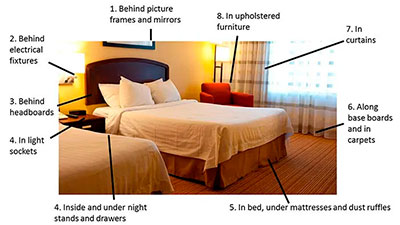
- Bed bugs produce an unpleasant odor, so if you notice the smell of bed bug feces or produce an overpowering stench in your home, they may be nearby.
- They also leave behind black stains on fabric with fecal matter.
- This is one way to check for bed bugs that cannot be spotted by the eye; it's called "staining."
- You can drag these onto a phone screen or light table to check them out better.
- Another sign of bed bugs are blood spots on sheets and mattresses. These occur when people roll over their bites and cause bleeding wounds.
- You can also check the crevices of sofas, couches, and chairs for bed bugs.
- If you have a box spring base for your bed, check underneath too.
- In addition to all of this, you can look out for signs of their nests which are easy to spot if you know what they're looking for.
If you find any signs of bed bugs in your room, you can use a vacuum cleaner to suck them up. Remember to clean the entire area with hot steam afterward.
Step 2. Encapsulate Your Mattress and Pillows with Zippered Bags
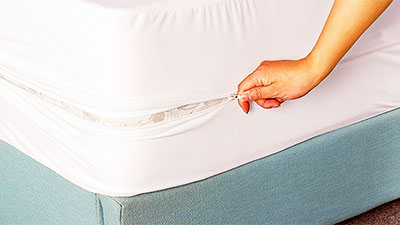
Here is the best bed bug mattress cover available.
Step 3. Treat the Surface of Your Bed with Heat Treatment
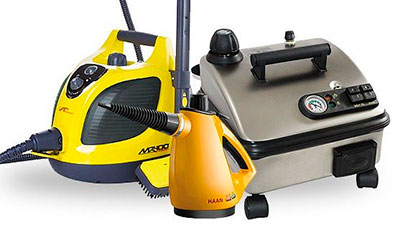
- Buy a steam cleaner
The first step is to buy a steam cleaner so you can blast away all those pesky critters hiding in their crevices. Steam cleaners work by generating superheated water vapor which penetrates deep into fabrics and kills any organic matter it comes in contact with, including bacteria, viruses, dust mites, and bed bugs.
We have the best bed bug streamers here. - Get some Bed Bug steaming solution
Bed bug steaming solution is essential for killing off those small insects that can hide in the tiniest of places. You can find this product at any local retail store but typically it's best to purchase online to get a better deal on cost per ounce/volume of liquid. - Remove everything from your linen closet
Now is the time to remove all of your linens, clothing, comforters, sheets, pillows, etc., so you can steam clean each item individually (if possible). Bag up anything that cannot be laundered or dried cleaned. If you are unable to bag these items then place them into large trash bags and seal the ends.
- Steam clean everything
Using your steam cleaner, blast all your linens with the hot vapor solution for at least 20 minutes to kill off any bed bugs hiding in the crevices of your blankets, sheets, etc. Now it's time to steam clean any upholstered furniture you may have to lay around including couches, chairs, love seats, etc. For upholstery, pieces place outside on a sunny day to help expedite the drying process (heat + sun = deep cleaning). - Vacuum everywhere
To get rid of any remains or dead bed bugs that steam cleaning couldn't kill off, pick up our handheld steamer and use it as a vacuum by turning it upside down. Work your way around the room vacuuming all crevices, corners, and cracks to suck up any leftover dead bed bugs or unhatched eggs that steam cleaning missed.
Step 4. Use an Insecticide Spray Around the Room
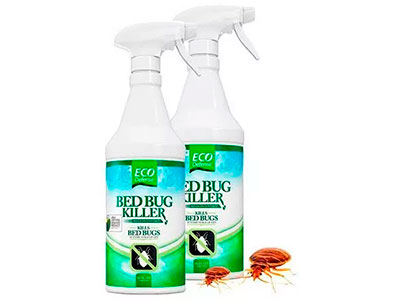
Some people might resort to insecticide sprays like Eco Defense for bed bugs. This product works quickly to kill insects and leaves an aroma that is appealing to humans. You can spray this on objects that you suspect are infested or set it up in the area where you think the insects are nesting.
If you like using chemicals, there is also Bed Bug Killer Aerosol Spray with Insect Growth Regulator (IGR). This spray eliminates bed bugs without the use of washing, vacuuming, or other common methods of extermination. The spray kills them on contact while leaving no strong odor.
In this article, we have a review of the best bed bug sprays.
Step 5. Wash Your Clothes and Linens in Hot Water
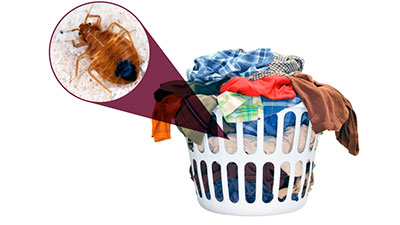
There are many steps on how to get rid of bed bugs, but the most important thing is to take action. Contact our team of experts for more information if you have any questions or want help with your pest control plan. We’re happy to answer all your questions and provide guidance so that no one has to deal with these icky little insects!
The Most Effective Tips on How to Prevent Bed Bugs
When you begin eliminating bed bugs within your house, you must take practical steps immediately. The longer any infestation carries on, the more thoroughly they can lodge themselves within your home. By tackling the problem right away, you can prevent them from becoming a full-fledged infestation.
How to Prevent Them from Entering Your Home
The best way to resolve a bed bug infestation is to prevent it in the first place. So the first important step is to prevent bedbugs from entering your house in the first place. Keeping the pests outside won’t have to undergo the eventual removal steps.
Three easy steps you can take right now are to:
- Be very careful while using shared laundry facilities. Bed bugs can hitch rides on your clothing and come into your house. Remove your laundry from the dryers directly into a bag and fold it home.
- Especially if you live in a multi-family building, consider installing sweeps on the bottoms of exterior doors. This way, bed bugs will find it more challenging to enter your house under the bottoms of your doors.
- If you buy specially used furniture, pull the cushions out and check them thoroughly for signs of bed bug activity before you bring them into your house.
When you buy furniture, check under the cushions for signs of infestation. This photo demonstrates a very infested piece of furniture.
Make sure you look for the three things this photo shows:
- Living Bed Bugs.
- Discarded Exoskeletons.
- Droppings.
How to Prevent Them in Your Home
Beyond defending your house from bedbugs entering, you should take steps to deny them a place to live in your home in the first place.
Consider the following simple steps you can start taking today:
- Vacuum regularly.
If bed bugs begin to come into your house, this practice will likely remove them.
- Reduce clutter.
Doing this denies bed bugs a place to begin living in your house.
- Use bed bug covers on your furniture and pillows to prevent bedbugs from infesting them.
How Do Bed Bug Covers Work?
Covers and Encasements provide two of the most common and effective methods of controlling bed bugs within an infested mattress. Thankfully, a bed bug infestation does not always mean that you will have to throw out the dirty mattress, as devices like these can help you get the problem under control by killing off the infestation while keeping you safe.
Pillow Covers
When you take steps to protect your pillows (or mattresses, for that matter), a bed bug cover is often the first step you will consider. Often these products, also known as the best bed bug mattress cover, will work through applying pesticides to bed bugs that sneak into your bed looking for food at night. This strategy suffers from some limitations, though. While these covers and protectors will kill bed bugs over a prolonged period, they do not offer substantial protection for you while you use them.
The principal advantage of a cover is that it can be removed, cleaned, and serviced during its use. This has the unfortunate side effect of allowing bed bugs easy access in and out of your mattress. It does this because the cover does not create a complete seal around the mattress.
This mattress protector set, available from Walmart and other online retailers, offers multiple layers of protection. Different components of the kit will allow you to protect your mattress, your pillow, and your box spring. Prices start from $71 for a twin bed.
Pillow Encasements
By contrast, an encasement relies on a different philosophy. Rather than relying on pesticides to kill the bedbugs by contact and poison, an encasement denies them any space to live. The thorough seal these create around your mattress prevents bed bugs from getting out of your mattress to feed on you at night.
If you use these encasements, you must leave them on over a long period, as bed bugs-and their eggs-can live on your mattress for up to a year before they eventually starve to death. This use over time provides the best way to get rid of bed bugs in a mattress.
Consider this Protect-a-bed brand box spring encasement, available for $75 from Wayfair.com and other retailers. As explained below, note the locking mechanism on the zipper that promises to keep the mattress thoroughly sealed when you use the encasement.
When you look for a mattress encasement:
- Take caution that the encasement you settle on is made from a material that prevents the bed bugs from getting their entire bodies through the encasement or even their feeding tubes.
- Also, ensure that your encasement has a zipper that closes tightly enough to prevent bed bugs from escaping through the opening.
- Once your encasement is installed, inspect your bed frame. Make sure that exposed metal components of the frame will not damage the encasement, potentially leading to tears or weak spots in your encasement.
- After you’ve done all this, keep the encasement sealed around your mattress while you ensure that no bed bugs have taken up residence elsewhere in your home.
- Ensure that your mattress protector’s zipper creates a tight seal around the mattress.
Prevention Methods You Have to Know
There are many ways to control a bed bug infestation, but the most effective times to act are before and after. Beforehand you can keep yourself safe by taking caution while you travel. After you’ve cleared out an infestation, you must ensure that you keep up with your routine over the long haul, preventing these menaces from spreading through your house again.
How to Prevent When Traveling
When you travel, you will be at your most exposed to potentially bringing bed bugs back with you.
There are a few steps you can take at any hotel where you find yourself to prevent this:
- Use the luggage rack.
That nice-looking rack for your luggage? It’s a great way to keep your suitcase off the floor or bed where bed bugs could be lurking. By simply storing your bag carefully, you can prevent one of the most common vectors for these pests from coming into contact with you.
- Check your bed and furniture.
If your room is infested, it will most likely be in the soft cushions and padding of your bed or the furniture around your room (chairs, couches, etc.) Check along the edges of the mattress and the cushions on these objects. Look for any spots or stains that might signal an infestation. - Change rooms/hotels.
If your room turns out to have signs of an infestation, talk to the hotel staff about it immediately. Make sure you can get a different room in the hotel or, if you have to, stay at another hotel. If you remain in the same hotel, make sure you don’t stay in a room adjacent to or directly above or below the room where you found the infestation. Housekeeping carts and air ducts could easily carry the infestation from room to room, and you deserve to ensure you’re safe. In addition, it’s also possible that your vigilance may catch an infestation in its earliest stages, saving countless other guests the pain and hassle that bringing home bed bugs would cause.
How to Prevent Them from Coming Back
You’ve followed the steps above. Your bed bugs are gone, but what good is all this if they just come back sometime down the road?
- Keep your mattress protector on for at least a year. Mattress protectors rely on time to starve out and kill the bed bugs lingering inside them. If you take the protector off early, all your doing is letting the eggs and bugs you’re trying to kill get a new lease on life.
- Vacuum daily after any initial treatments. Any bugs or eggs scattered around your house could feed on you and start a new cycle of infestation. Vacuum regularly to get these pests out. Be sure to empty the vacuum into a trash can outside immediately after you vacuum! Regular and thorough vacuuming will scoop up any remaining bed bugs.
- Make a habit of washing all your clothing and luggage immediately after returning from any travel. If you missed the signs of a bed bug infestation during travel and picked up some unwelcome hitchhikers, a good and thorough washing will allow you to prevent these pests from setting up their home in yours.
- Any time you wash clothing or bedding, wash it on the hottest water and dryer settings possible. Turning the temperature can kill off any bed bugs lingering in your clothing or bedding. A good, thorough washing will allow you to send these pests out into the cold.
The Best Way to Prevent Bed Bug Infestations
Ultimately, this boils down to vigilance. The best way to keep bedbugs from infesting your house is to prevent any bedbug infestations from occurring in the first place.
As described above, this can involve:
- heavy vacuuming,
- a post-travel regimen,
- or sealing your mattress in an encasement or protector.
But above all, you must remain vigilant. Even in the early stages of an infestation, bedbugs will leave behind droppings and exoskeletons, to say nothing of the possibility of seeing the bed bugs themselves.
By consistently keeping an eye on where bedbugs are likely to begin their infestations, you can nip any infestation in the bud. An ounce of prevention will be worth a pound of cure, and that’s to say, nothing of how many bed bugs might take up a pound.
Remove Bed Bugs from Your Home
Bedbugs sense carbon monoxide concentrations, which is what lets them find you while you’re sleeping. They follow the trail to your bed, feast on your blood, and then go straight back into their hiding place.
Because these pests are actively hunting you and your family, you can’t just ignore their presence – you’ll need to get rid of them as soon as possible.
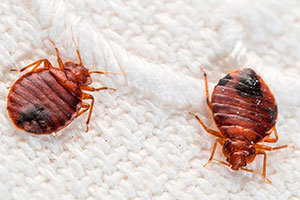
Thankfully, we live in a time where there’s pest control available to buy everywhere. Learn more about bed bug products here.
There’s More than One Remedy
I don’t think there’s only one way to destroy a bug problem.
Some ways you can exterminate bed bugs from your home include:
- Chemicals,
- Suction,
Go through your options, learn which kind you want to take on, and work immediately, killing every bed bug invading your house.
Clean Up Afterward
Bedbugs can make a big mess. Excrement and old exoskeletons leave brownish stains on furniture and walls, and blood spots will most likely be left on your bedding from the bites they give. If the bugs have been there a while, they’ll also have larvae and egg sacs stashed somewhere.
So what can you do about the disgusting aftermath of an infestation? You’ll need to wash sheets in hot water with a good-quality detergent for bedding. For your mattress and furniture, not only will you need to vacuum them thoroughly, you’ll want to steam clean them as well. Afterward, you might be left with some stains, but everything will be sanitized if you’ve been through it.
If your pet has bugs on them, is it always lice? Not necessarily. Find out more about bed bugs on dogs here.
Because bed bugs can latch onto fabric, they can end up in a sleeping bag. Information on bed bug sleeping bag can be found here.
What to Do When Bed Bugs Infest Your House
Many underestimate the power of a vacuum when it comes to bed bug control. It won’t be able to get the ones hiding in the tiniest of cracks and crevices, but it will get a good number of them.
Use a high-powered vacuum and go over all carpets and couches slowly and at least twice, using a crevice tool to get the room’s edges where the baseboard meets the carpet. On your mattress and box spring, go over each side with a crevice tool, reaching deep into any and every seam. If there are any rips or tears, shove the crevice tool into it as much as you can without causing damage, then spray a killing spray at the tear’s opening.
Get Them Out of Electronics
You might have some insects get into the tiny spaces of electronics. If this happens, you’ll have to be very careful, as you can damage your property if you’re too harsh.
Use an air spray canister to blow away insects or a low-powered vacuum to suck them out. The suction that’s too powerful can ruin the delicate components in electronics, so be careful.
Once you find out you have bed bugs, it will most likely be a bad feeling. But don’t worry – there’s a solution.
Do bed bugs go away? Find out here.
They’re in Your Couch, Too
It’s not just your bed; they can also hide on your couch. Using a vacuum, go over your couch with a crevice tool, getting deep in any space, big or small. If your cushions have zippered covers, take them off and wash them in warm water. You can also use sprays all over your couch to kill and repel any bed bugs you may not have gotten with a vacuum.
They Love Your Bed
There’s a reason they’re called bed bugs. While some of them will hide elsewhere in the room and travel to you at night, many will hide as close to you as they can – somewhere in your bed.
But how can they hide in your bed without you seeing bugs crawling everywhere? Remember that bedbugs are tiny and can squeeze into the deep seams of your mattress. They’ll also get in between the mattress and box spring and inside the mattress itself; if any tears will let them in. Anywhere in your bed that a bug can go, you could find them.
Find a Permanent Solution
The only way to get rid of a bed bug infestation long-term is to use proven treatment methods that kill all bedbugs in your home, not just the ones you might see or the ones on your mattress. If you want the removal to be permanent, treating your entire house and using a repellent to deter future bugs is a must.
Foggers are a type of fumigation that uses gas to kill bugs. Facts about fumigation for bed bugs can be found here. Pest control professionals are also known as exterminators and are experts in their field. Go here for more details on a bed bug exterminator.
Treatment Methods
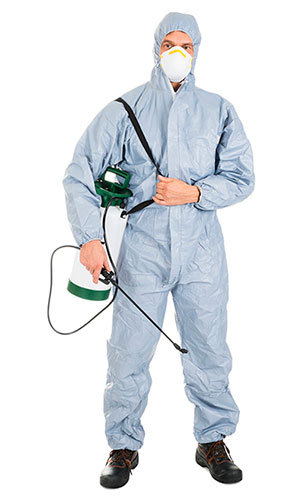
- Bug foggers: A fogger is a canister that lets out poisonous gas into the room, getting into any crevice, even the ones bed bugs love to hide in. For more information click here.
- Sprays: There are many sprays out there on the market to use for bed bugs, made up of pesticides of different types.
- Natural ingredient-based sprays and powders: Ingredients like essential oils and Diatomaceous Earth are used frequently in lines of all-natural pest control. To learn more about natural remedies for bed bugs, see this page.
- Professional exterminators: Hiring someone to take care of your problem is common, and will help get rid of your problem, sometimes faster than if you did it yourself.
Since bed bugs can travel with you from place to place, they can end up inside your car. Click here to find out how to get rid of bed bugs in a car.
How Much Is This Going to Cost Me?
The cost will depend on which treatment method you choose. Sprays will average anywhere from $8-$50, while essential oils may be more like $20. Diatomaceous Earth is cheap, while hiring a professional can be pricey, depending on the company and the severity of your problem.
Piles of clothes on the floor can be a hiding place for bed bugs if you’re not careful. Click here to see more about how to get rid of bed bugs in clothes.
Bedbugs are small enough to hide even in the fibers of your carpet. Learn more about how to get bed bugs out of carpet here.
When You’ve Got a Full-on Infestation
Signs of a bad infestation include staining, left-behind residue, and regular bites on your skin. Because you don’t usually see bed bugs during the day, they’ll reproduce in hiding and will come in numbers of hundreds or thousands by the time you realize what’s going on. Usually, with a bad infestation, bed bugs will be in more places than just your mattress.
One option you have in the fight against bed bugs is to encase your mattress.
Getting bed bugs out of a mattress is different than a couch.
Even Luggage Isn’t Safe
Bedbugs can cling to bedding, clothes, and even luggage. When you go to a hotel, inspect your room before unpacking and leave your luggage outside the door or in the empty bathtub. You can also spray your luggage with bed bug repellent to deter bugs from thinking about hitching a ride on your suitcase.
How Long Will It Takes after Treatment for the Bed Bugs to Die?
Treatment methods produce different times to death. Diatomaceous Earth, for example, won’t kill a bug immediately but will take a little time. Chemical sprays and foggers, though, should kill bed bugs immediately. If you’re using carpet tape and bugs get stuck to it, they’ll stay alive for at least a few days on the tape before dying.
If you’re looking for a fast solution, products with pesticides are a good option, considering they’re made to kill immediately. Remember that you’ll have to be careful around toxic sprays, especially if you’ve children or pets.
Adult bugs aren’t always the problem; you’ll also need to kill the eggs. Click here to find out how to kill bed bug eggs. And make sure you look up your next hotel on the registry.
Top 3 Best Treatments
Walking down the pest control aisle in a store, you could probably get overwhelmed with options.
Well, here are three of the most effective treatments to help you decide:
- Sprays:
Store-bought sprays are highly effective at killing bed bugs, as is rubbing alcohol, which kills bugs quickly and leaves a residue behind that deters more from coming around.
- Diatomaceous earth:
This stuff is cheap and totally non-toxic, and although it doesn’t kill on contact, it doesn’t take long for the bugs that crawl across it to die. Read more here.
- Vacuum:
It seems simple, but a good vacuum will pick up thousands of bed bugs. Use a crevice tool and suck up bugs you never knew existed. Find out here the best vacuum for bed bugs in further detail.
Don’t want chemicals in your home? No problem; kill bugs the natural way. Click here to learn more about home remedies for bed bugs. Organic products aren’t hard to come by and can work just as well as the others. Details on how to get rid of bed bugs naturally can be found here.
If you’re wondering how you can get rid of an army of bedbugs hiding in your home, don’t worry. There’s more than one solution, and as long as you’re diligent and willing to put in the time, your bed bug problem will be history before you know it.
Contents
- 1 How to Get Rid of Bed Bugs in 5 Easy Steps
- 2 The Most Effective Tips on How to Prevent Bed Bugs
- 3 Remove Bed Bugs from Your Home
- 4 What to Do When Bed Bugs Infest Your House
- 5 Treatment Methods

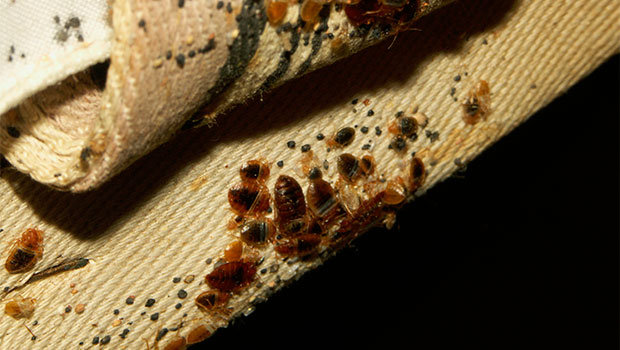
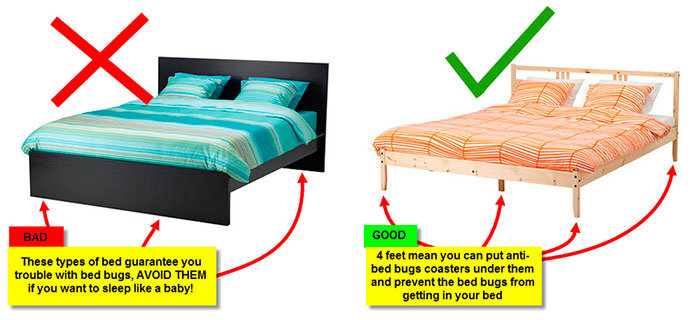
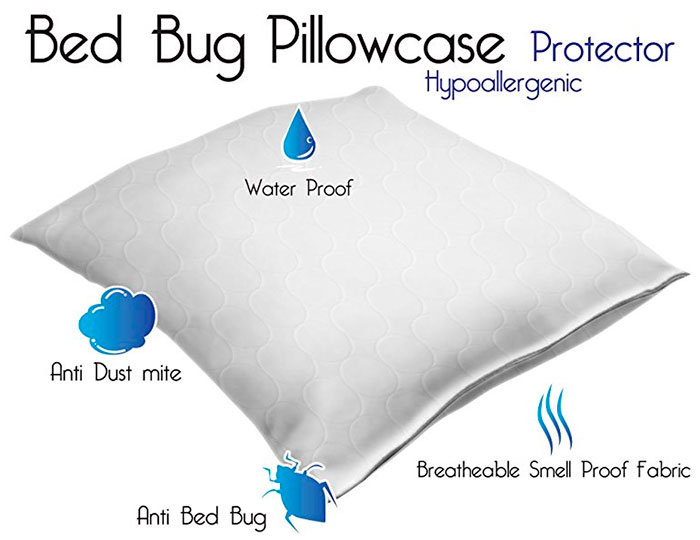
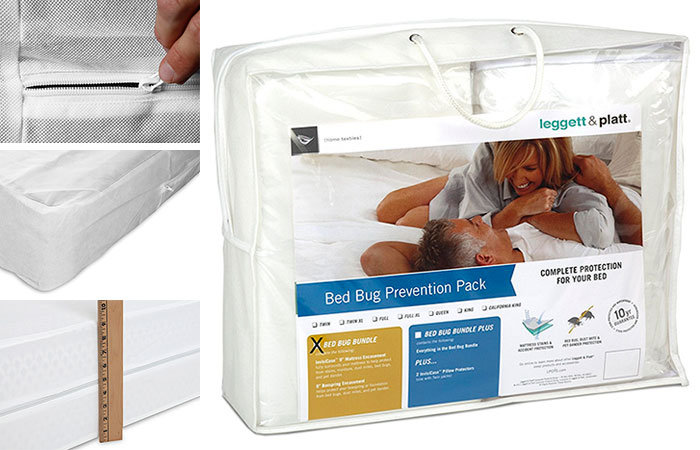
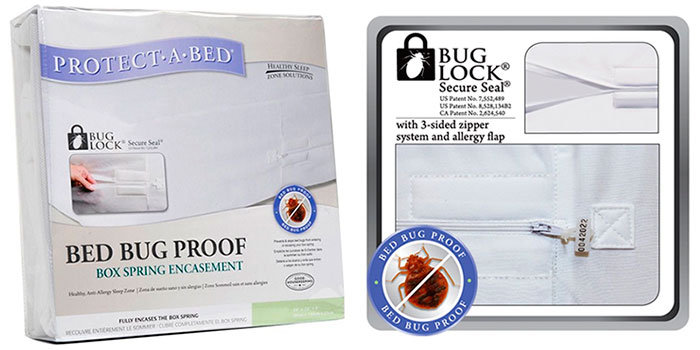
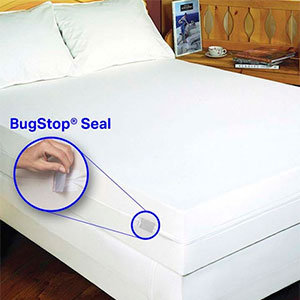


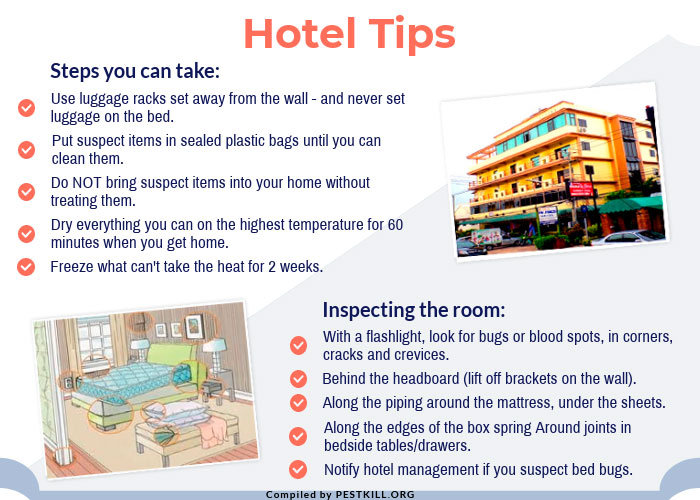
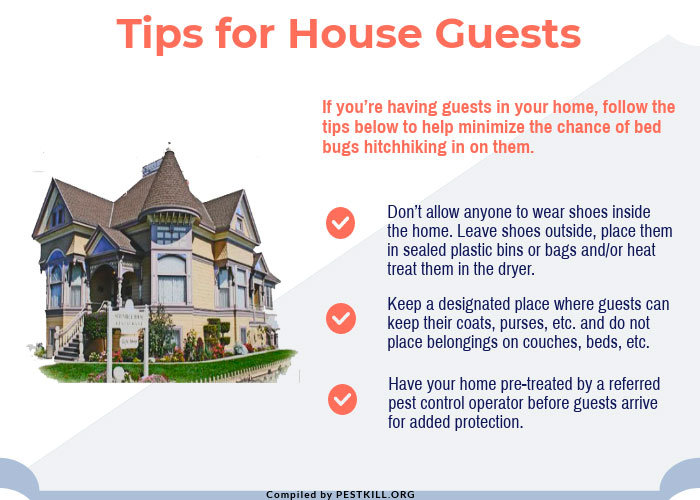

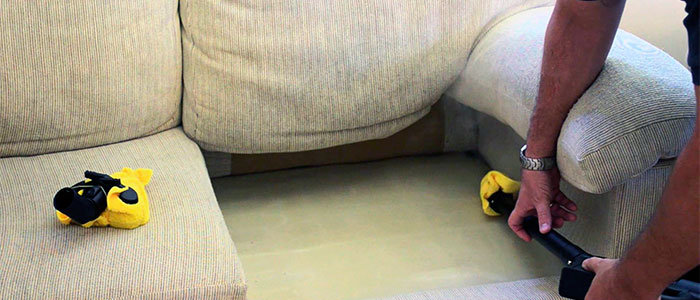
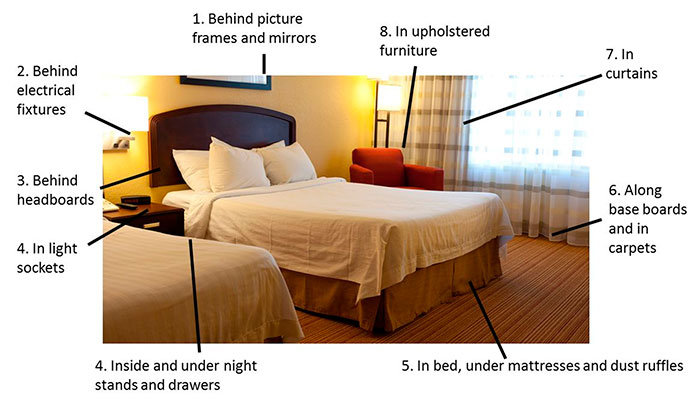
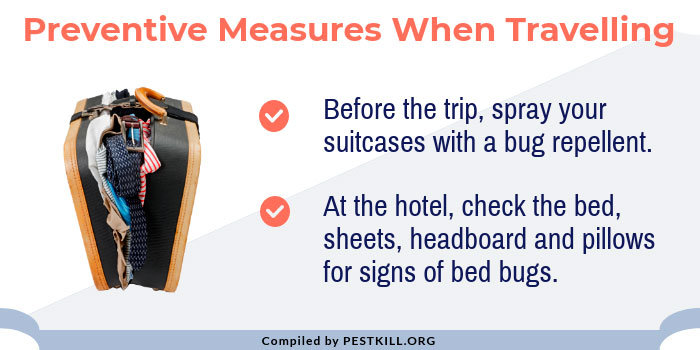
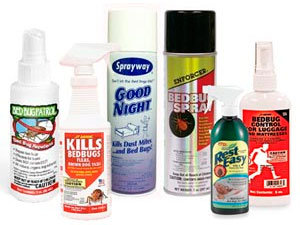 Store-bought sprays are highly effective at killing bed bugs, as is
Store-bought sprays are highly effective at killing bed bugs, as is  This stuff is cheap and totally non-toxic, and although it doesn’t kill on contact, it doesn’t take long for the bugs that crawl across it to die.
This stuff is cheap and totally non-toxic, and although it doesn’t kill on contact, it doesn’t take long for the bugs that crawl across it to die. 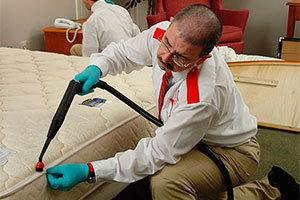 It seems simple, but a good vacuum will pick up thousands of bed bugs. Use a crevice tool and suck up bugs you never knew existed. Find out here the
It seems simple, but a good vacuum will pick up thousands of bed bugs. Use a crevice tool and suck up bugs you never knew existed. Find out here the 

